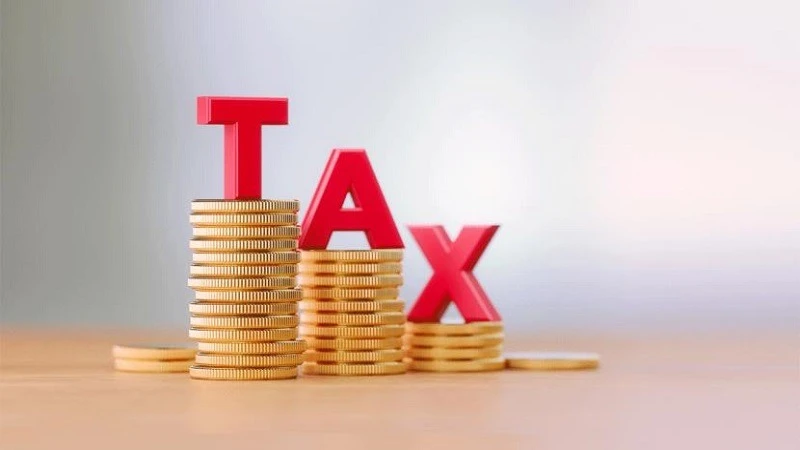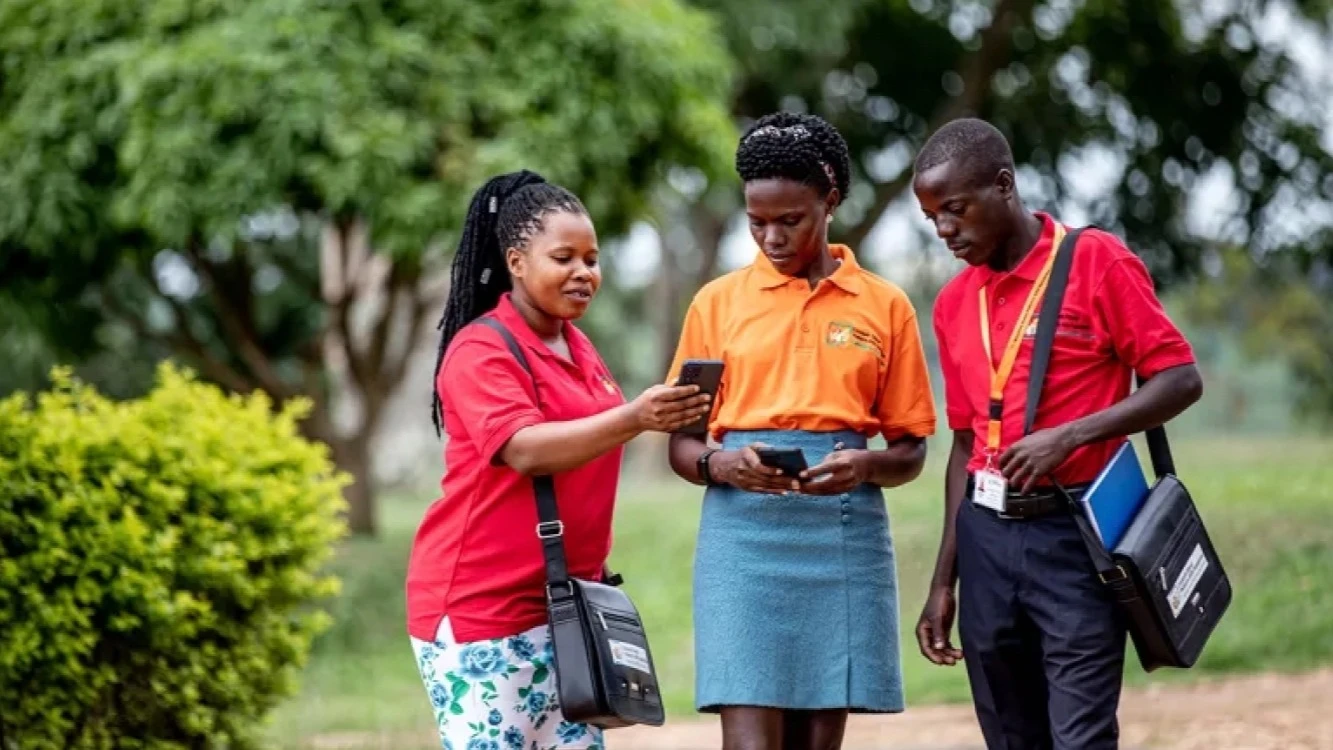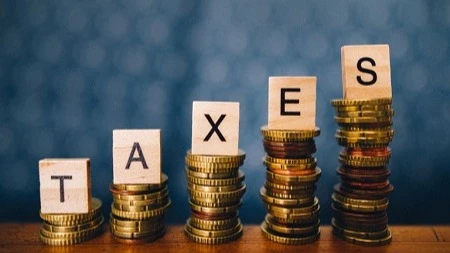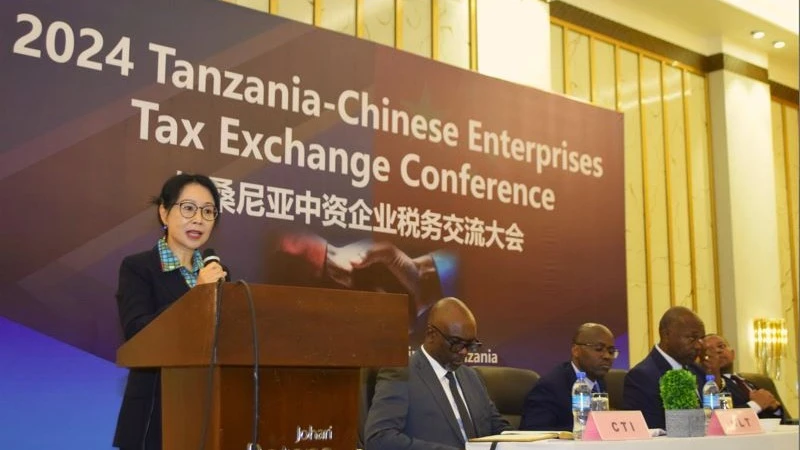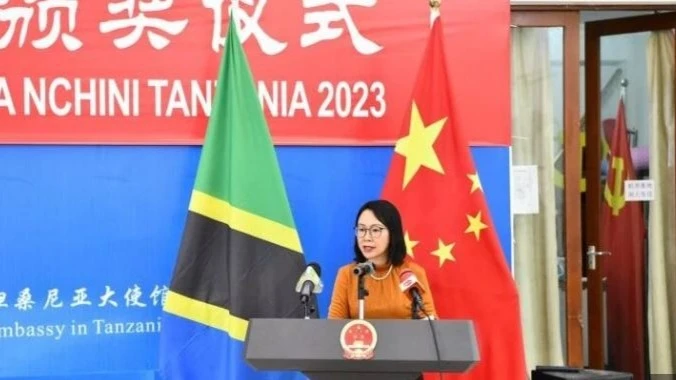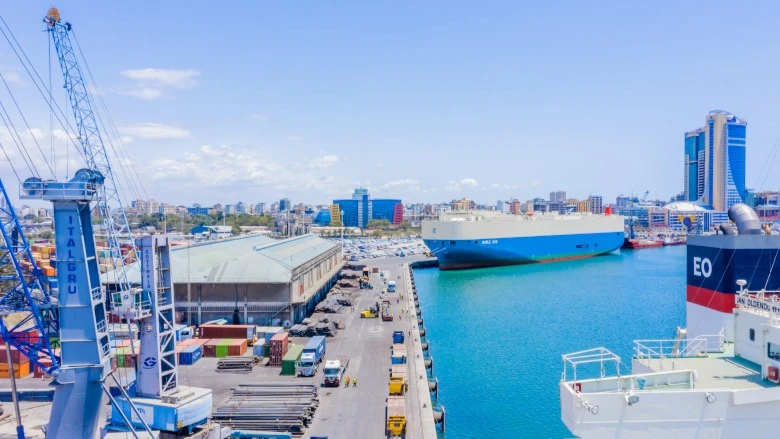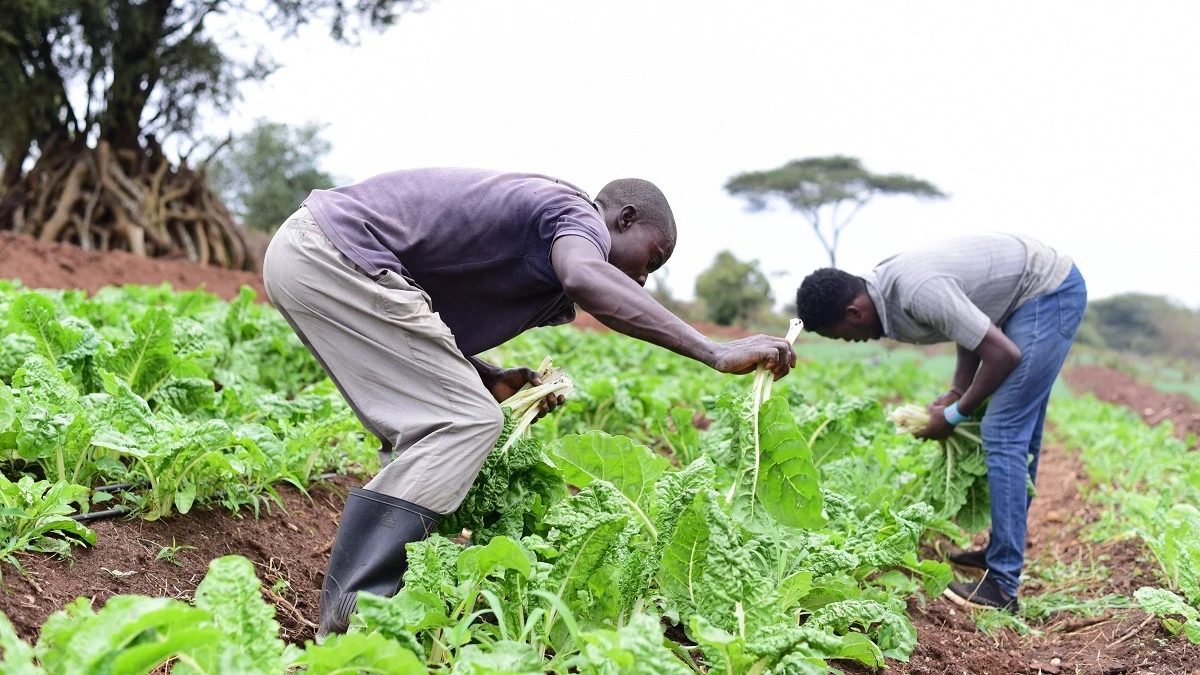Taking pollution surveys helpful in scaling environmental interventions
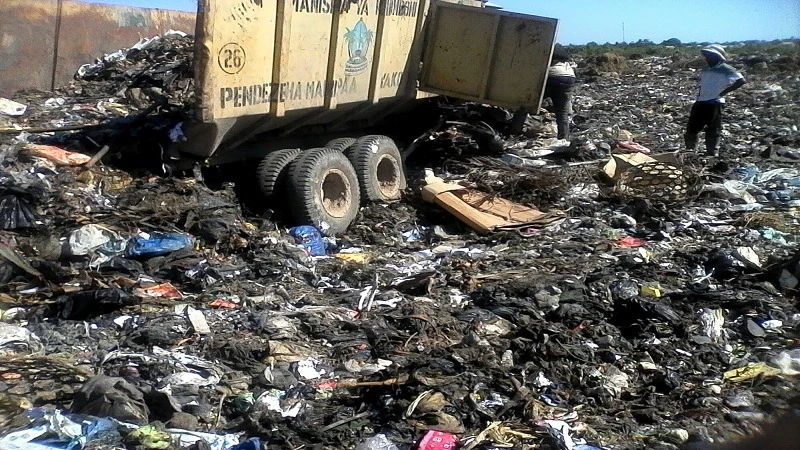
ENVIRONMENTAL researchers say that the Pugu dumpsite on the southern reaches of Ilala District in Dar es Salaam Region has horrendously high air pollution levels.
This is according to systematic data collection as done by the Dar es Salaam Institute of Technology (DIT) from mid-2021 through early 2022.
The results of the initiative have been cited among the achievements of the higher learning institution, as paraded to curious visitors and a range of specialists who visited the DIT pavilion at the recent Dar es Salaam International Trade Fair (DITF-2024).
It is widely expected that the data will help to cover gaps of ‘talking points’ as to the environmental prospects there are for Dar es Salaam and the it faces.
The data collection synopsis availed to the public or to the media highlighted numerous instances of ‘particle matter’ levels’ far higher than authorities should tolerate, going by World Health Organisation pollution control and compliance criteria.
Some emphasis was laid on the situation at the Pugu dumpsite, which was less than alarming. A worsening dumpsite situation isn’t really news, but it also indicates that authorities are too slow in allowing environment-based companies to use the site profitably – for instance, in power generation.
The research synopsis went as far as demanding robust measures to address the challenge, citing significant health risks to the population within the vicinity.
It was all right for DIT to show the situation without further ado, as doing more on the policy decisions aspect could drag it into needless controversy and be accused of breaching key codes of scientific research. Here those in science show the facts, the politicians decide the action.
While no one can actually blame those pursuing science so as to skip the hard questions, in the final analysis these aren’t issues for higher learning institutions but for political parties.
They are supposed to take up whatever ‘science’ they can find in the vicinity, findings from research as in this case or merely routine developments, to sketch out answers for those challenges.
Not much can be said of the other areas cited in the study as their situations are related on things like levels of pollution when vehicles use petrol and diesel and when they shift to gas, which brings about the policy issue of institutional prerogatives of expected transition.
The more the change relies on processes initiated and controlled by public firms, the more it can be expected that 2030 will not be adequate for the job of reaching most regions but not all districts as well as small towns and settlements.
If the transition were by contrast anchored in the private sector, just altering one chamber at a petrol/diesel station to use compressed natural gas, then two and then all chambers, the shift would be rapid.
Science isn’t to blame for monopolies. DIT or such institutions show ‘what there is’, for policy makers to show ‘how’ to recommend a way out.
Top Headlines
© 2024 IPPMEDIA.COM. ALL RIGHTS RESERVED






